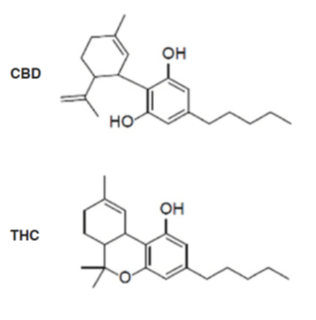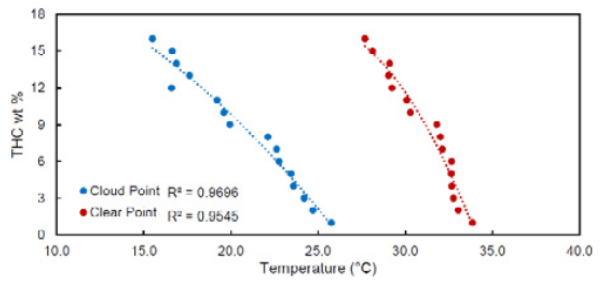The challenges of purifying the CBD material
Cannabidiols (CBD) are one of the main cannabinoids produced by Cannabis sativa and has been clinically shown to reduce chronic pain and inflammation, without the intoxicating effects. Interest in (CBD) has grown considerably in recent years, and as production volume it is currently one of the most important phytochemicals. Various CBD containing products are now available on the market, ranging from medicines to food supplements and cosmetic products.
Due to regulatory and legal requirements, the purity of the CBD material is of critical importance. The main source is CBD-rich hemp, the cultivation of which has increased proportionally to match demand. The main problem in this case is the presence of unwanted cannabinoids in the plant extract, such as the psychoactive tetrahydrocannabinol (THC). This can make the product unsuitable to people looking to use CBD as medication. Furthermore, THC is a regulated substance in most cases, and hemp extracts are required to meet certain regulation limit on the maximum amount.

Figure 1. Chemical structure of two principal cannabinoids CBD and THC

Figure 2: Influence of THC wt % on CBD crystallization parameters in n-heptane solution. CBD concentration is maintained at ~400 mg/ml.
Using crystallization to purify the CBD material
Crystallization is the principal method used to purify and isolate CBD from the raw hemp extract, due to its cost effectiveness and scalability as a separation method. In order to design any crystallization process, solubility information of the target compound in a large number of solvents is of paramount importance. The same is true for CBD purification, where typical solvents used are short chain alkanes.
In this Application Note we use the Crystal16 device for determining the polythermal solubility of CBD in pentane, hexane and heptane. Based on this solubility data, together with other considerations such as solvent toxicity and volatility, we discuss the pros and cons of all three solvents.
We also discuss the influence of THC impurities on increasing the MSZW of CBD/heptane solutions and show that for understanding CBD crystallization from complex mixtures more research early on in designing the process is highly valuable.
Special thanks:
Technobis Crystallization Systems is deeply thankful to Dr. Markus Roggen, Dr. Duane Hean, and Amanda Assen for their work on the current application note. This research study would not have been possible without their support.
Curious to learn more?
Read more about this case study in the Application Note on "Optimizing CBD Crystallization Process".